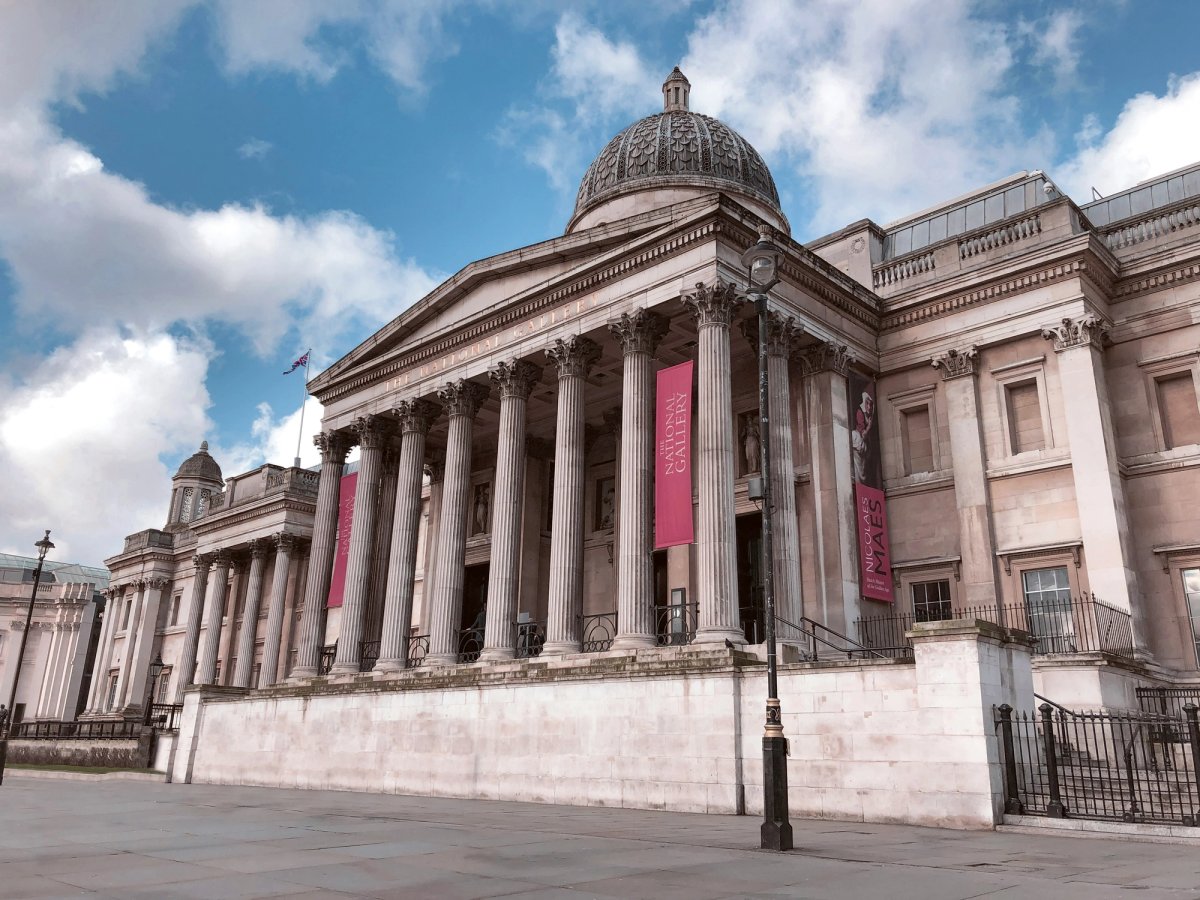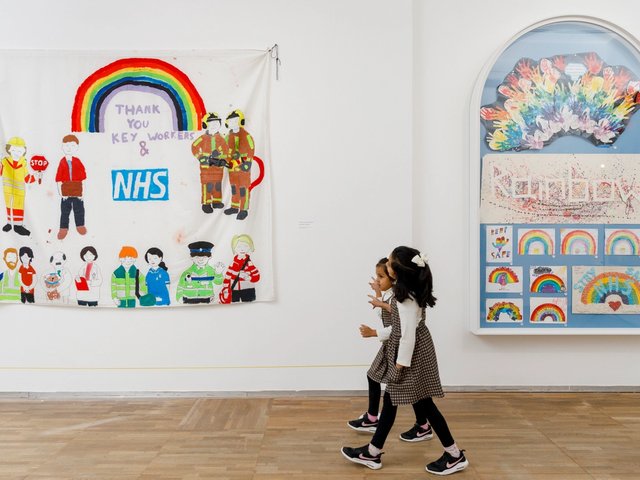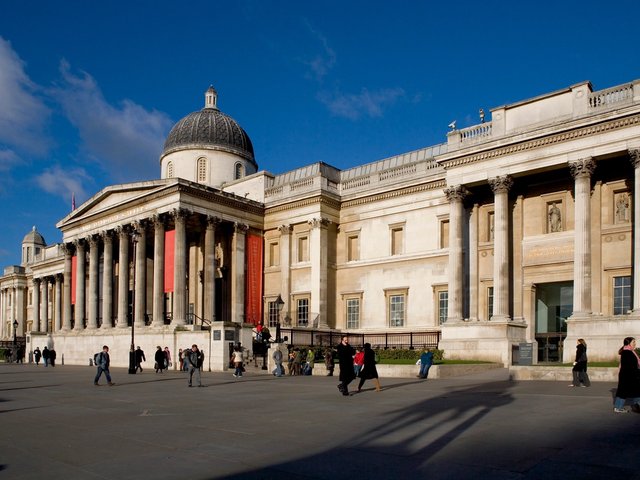The National Gallery in London is transforming its governance model by introducing a citizens’ assembly made up of members of public from across the UK. The new initiative, titled NG Citizens, will create a panel to advise the national museum on its future policy and direction.
From next month, invitations will be sent out to 15,000 households across the UK. Fifty participants will then be selected via a “civic lottery”—a selection technique used to draw a representative sample of citizens. The next stage will involve selecting 20 individuals who will sit on the citizens’ panel over the next five years.
A statement from the gallery says the move places audiences at the heart of its decision-making. “The gallery aims to shape its programmes and priorities around the needs and aspirations of communities across the UK,” the statement says, adding that the final group will reflect the wide diversity of the UK.
Maurice Davies, a UK museums consultant, responded positively to the news, branding it a “generally good thing”. He tells The Art Newspaper: “I think it probably is quite radical for a London national museum, especially one as traditionally part of the establishment as the National Gallery… But is the gallery actually changing its governance model or is it more sophisticated audience research?”
The move has also sparked further questions about the governance and reach of UK museums. Guillaume Cerutti, the former chief executive of Christie’s, wrote on LinkedIn: “[The initiative] highlights a fundamental question facing all museums: how can cultural institutions remain relevant and accessible in an increasingly fractured world?
“To this extent, reaching out to non-visitors and democratising access are essential priorities. But I don’t think a citizens’ assembly of 50 participants selected by a civic lottery is the right way to achieve this.”
Writing in The London Standard, the cultural commentator Melanie McDonagh said: “I do not want the National Gallery to be asking a selection of individuals including those with no knowledge of art or who lack cultural formation of any kind to be deciding on the exhibitions I go to or on acquisitions.” However, a National Gallery spokesperson has confirmed that the new assembly will not directly choose exhibitions or works of art, but will produce recommendations on the gallery’s purpose, priorities and public value.
“These recommendations will shape real decisions about how the gallery operates, including how it shares its collection and welcomes visitors. The gallery is committed to responding transparently and integrating assembly insights into its strategy and future programming,” the spokesperson adds.
Jane Knowles, the gallery’s director of public engagement, adds in a statement: “It is a culture-shaping step that deepens our relationship with audiences across the UK and ensures we remain relevant, inclusive and genuinely reflective of the public we serve. This isn’t a consultation, it’s a collaboration.”
Last year Birmingham Museums Trust launched a citizens’ jury comprising 26 local residents who had responded to a mailshot from the trust asking: “What does Birmingham need and want from its museums, now and in the future?” The jury shared its recommendations with key stakeholders, including Birmingham City Council and major funders, on 30 January 2025.
According to a spokesperson for the museum: “The recommendations have helped shape the new five-year plan for Birmingham Museums Trust. We have since continued to engage with jury members beyond the process, which has included formally reporting to them on our progress against the recommendations.”





